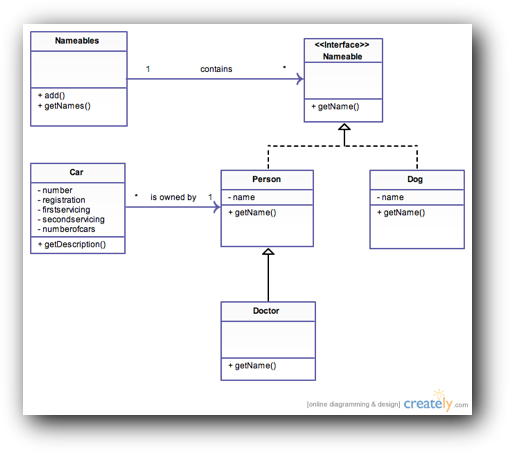Flickr has a public API which can return a JSON response containing a list of photos on Flickr tagged with a specific keyword.
The work to do is to add to the web application a feature where one can see recent photos on Flickr tagged with the name of the mobile phone being examined. For example, when someone is looking at the Nokia E75, he/she should be able to see Flickr photos tagged with nokiae75.
RSS (which is XML) is also very common on the web. For instance, all blogs have a RSS feed including Nokia’s where the latest news on Nokia mobile phones can be easily read.
The work to do is to add these latest news on the homepage on the web application. For that, the RSS feed needs to be read from the Nokia’s blog, parsed as an XML file and the appropriate HMTL generated.








